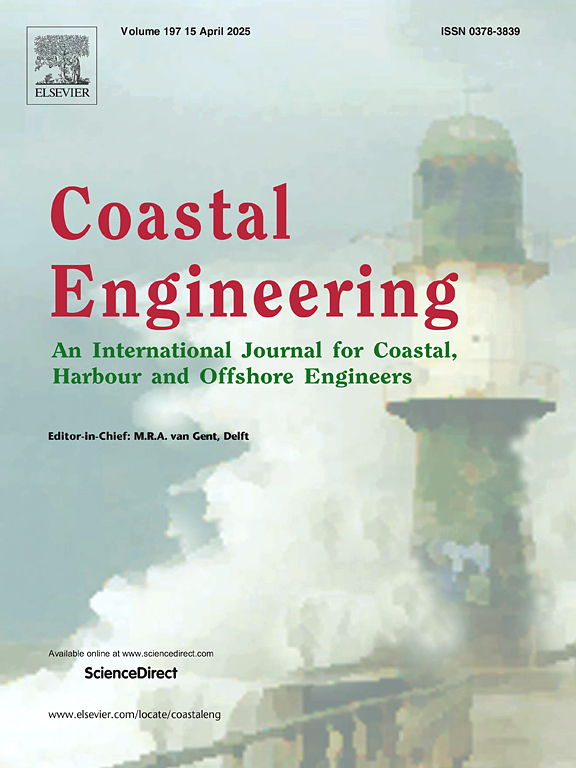This study assesses the impacts of five proposed restoration actions at Little Dauphin Island, a low-lying relic spit in a semi-enclosed bay system on the Alabama coast. A Delft3D model is developed to simulate annual scale (five-year) sediment transport and resulting bed level changes. The model is validated with observed water level and wave data, as well as sediment tracers that were deployed offshore of the island. An XBeach model is developed to simulate storm-driven morphologic change and is validated for hurricanes Ivan (2004), Katrina (2005)and Sally (2020). Together, the models are used to assess differences in the island’s morphological response under a no-action (status quo) scenario representing a continuous island, tidal inlet realignment, a sand motor nourishment, beach and dune restoration and a dredged offshore borrow area. The no-action scenario revealed that the island breached at multiple locations including the location of the proposed inlet realignment during each storm. The realigned channel did not prevent breaching on the island, but reduced the magnitude of sand transported through the breaches. The sand motor provided some sheltering to leeward shorelines during storms but did not prevent breaching from occurring elsewhere. Fairweather waves and currents were not strong enough to transport sand outside of the vicinity of the feature to feed adjacent shorelines as intended. The beach and dune restoration reduced storm-driven overtopping along the nourished shoreline. For habitat purposes, strategically placed bayous provided low elevation points that allowed overwash depending on the direction of cross-barrier water level gradients.


